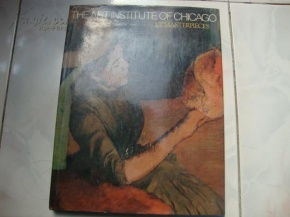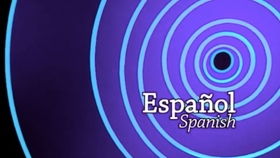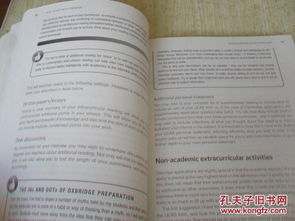Content:
Lobster fishing is an art form that requires patience, skill, and a deep understanding of the marine environment. Whether you're a seasoned angler looking to expand your fishing repertoire or a beginner eager to dive into the world of lobster hunting, learning the ins and outs of this exciting activity can be a game-changer. One of the most effective ways to pick up these essential skills is through the use of instructional videos. In this article, we'll explore the key techniques and tips for lobster fishing, all illustrated with helpful video content.
Understanding Lobster Behavior
Before you can effectively catch lobsters, it's crucial to understand their behavior. Lobsters are nocturnal creatures, meaning they are most active at night. They are also quite territorial and can be quite cautious. Learning to spot lobster dens and understanding their movement patterns is the first step in successful lobster fishing.

Equipment Needed for Lobster Fishing
To start your lobster fishing journey, you'll need the right equipment. This includes:
- Lobster Pot: These are large, conical traps that are baited and set in the water to catch lobsters.
- Bait: Lobsters are attracted to a variety of baits, including fish, crabs, and even chicken necks.
- Trolling Line: This is used to attach the lobster pot to your boat or to the shore.
- Gloves: Protect your hands from the sharp claws of the lobsters.
Setting Up Your Lobster Pot
One of the most crucial aspects of lobster fishing is setting up your pot correctly. Here's a step-by-step guide:
- Choose the Right Location: Lobsters are found in shallow waters, typically less than 50 feet deep. Look for areas with rocks, coral, or other structures where lobsters can hide.
- Bait Your Pot: Place your bait in the center of the pot. Make sure it's secure and won't be washed out by the current.
- Attach the Pot to the Trolling Line: Secure the pot to the line using a sturdy knot. The line should be long enough to reach the bottom but not so long that it gets tangled.
- Deploy the Pot: Lower the pot into the water and allow it to settle at the desired depth.
Techniques for Catching Lobsters
Once your pot is set, the next step is to wait. Here are some techniques to increase your chances of a successful catch:
- Patience is Key: Lobster fishing is not a quick process. It can take hours or even days to catch a lobster. Be prepared to wait.
- Check Your Pot Regularly: Periodically inspect your pot to see if a lobster has been caught. This is often done by feeling for resistance in the pot.
- Use a Lobster Pincer: Once you've caught a lobster, use a lobster pincer to gently remove it from the pot. Be careful, as lobsters can be quite strong and may bite.
Video Learning Resources
To help you master the art of lobster fishing, there are numerous video resources available. Here are some of the best:
- "How to Fish for Lobsters" by Saltwater Fishing Tips: This video provides a comprehensive overview of lobster fishing, including the equipment needed and the best techniques for setting up and checking your pot.
- "Lobster Pot Fishing: Step-by-Step Guide" by Outdoor Life: This step-by-step guide takes you through the entire process of lobster pot fishing, from choosing the right location to catching and releasing the lobsters.
- "Lobster Fishing Tips and Tricks" by Fisherman's World: This video offers a wealth of tips and tricks for successful lobster fishing, including advice on choosing the best bait and handling the lobsters safely.
Conclusion
Lobster fishing is a rewarding and exciting activity that can be mastered with the right knowledge and tools. By following the tips and techniques outlined in this article and utilizing the helpful video resources available, you'll be well on your way to becoming a skilled lobster fisherman. Remember, the key to success is patience, practice, and a deep respect for the marine environment. Happy fishing!












